Your 2025 IT Checklist – The Next 3 Items
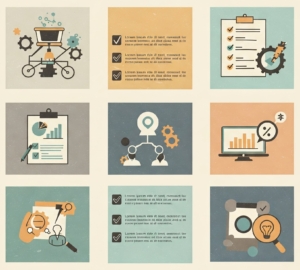
The Next 3 Items on Your 2025 IT Checklist
As we move into 2025, our businesses face a new set of challenges. Political and economic changes, rapidly emerging technologies, and increasing security threats will all demand our attention. Where we focus, and the decisions we make, will impact our businesses, customers, and employees. Is your 2025 IT Checklist ready to help?
Your information technology services remain critical to your business operations. Pragmatic, thoughtful planning and decisions now, will empower your team and enable your business to address the coming challenges – and opportunities. Here are the next three of six key areas to explore as you build your IT goals and objectives, and your 2025 IT checklist.
4 Enhance Security Measures and Compliance
Evolving threats and regulatory requirements keep cybersecurity a top priority for businesses. Beyond protection and prevention, focus on resilience. Ensure your business can maintain operations during and after a crisis.
- Benchmark your security profile against recognized frameworks, like CIS or NIST, as well as industry standards and regulatory requirements.
- Conduct regular security assessments and penetration tests to identify vulnerabilities, scope risks, and prioritize solutions
- Implement a phased approach to security improvements; start with high-impact, low-cost changes.
- Educate employees on security protocols. Emphasize their role in maintaining a secure environment.
- Update your security profile, risks, and priorities over time with periodic assessments and penetration testing.
5 Streamlining IT Infrastructure for Efficiency
As your IT environment becomes more complex, inefficiencies and costs will escalate. Simplify your IT systems and services to reduce redundancies and enhance productivity.
- Identify and eliminate duplicate services to reduce license, admin, and support costs.
- Focus on removing apps and tools that duplicate capabilities in your Google Workspace or Microsoft 365 services.
- Identify and eliminate shadow IT services to lower costs and prevent data loss.
- Address mismatched systems that may hinder productivity. Lack of integration between cloud and local applications, for example, requires extra time and effort to store, share, and secure files and information.
6 Prepare for the Future: Trends and Innovations
Stay ahead of technology trends to ensure your business remains competitive.
- Keep an eye on innovations in areas like cloud computing, artificial intelligence (AI), communications, and cybersecurity.
- Invest some time to regularly assess how these trends might benefit your business – strategically or tactically.
- Invest in employee education and training so they can adapt quickly to technology and business changes.
- Prioritize building a flexible IT infrastructure and services that will adapt and incorporate future innovations. Ensure your business remains resilient and agile in an ever-evolving digital landscape.
- Foster a forward-thinking culture. Anticipate challenges and capitalize on new or different opportunities.
Next Steps
For help with any part of your 2025 IT checklist, or to tap into our expert guidance, book a complementary intro call with our Cloud Advisors. Ask for an IT Assessment Referral Code and request your IT assessment.
About the Author
 Allen Falcon is the co-founder and CEO of Cumulus Global. Allen co-founded Cumulus Global in 2006 to offer small businesses enterprise-grade email security and compliance using emerging cloud solutions. He has led the company’s growth into a managed cloud service provider with over 1,000 customers throughout North America. Starting his first business at age 12, Allen is a serial entrepreneur. He has launched strategic IT consulting, software, and service companies. An advocate for small and midsize businesses, Allen served on the board of the former Smaller Business Association of New England, local economic development committees, and industry advisory boards.
Allen Falcon is the co-founder and CEO of Cumulus Global. Allen co-founded Cumulus Global in 2006 to offer small businesses enterprise-grade email security and compliance using emerging cloud solutions. He has led the company’s growth into a managed cloud service provider with over 1,000 customers throughout North America. Starting his first business at age 12, Allen is a serial entrepreneur. He has launched strategic IT consulting, software, and service companies. An advocate for small and midsize businesses, Allen served on the board of the former Smaller Business Association of New England, local economic development committees, and industry advisory boards.

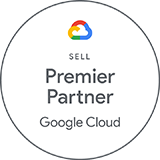 On January 15, 2025, Google announced a major shift for Google Workspace. Going forward, all Google Workspace licenses will include Gemini AI features and functions. Specific capabilities will vary by license type.
On January 15, 2025, Google announced a major shift for Google Workspace. Going forward, all Google Workspace licenses will include Gemini AI features and functions. Specific capabilities will vary by license type. 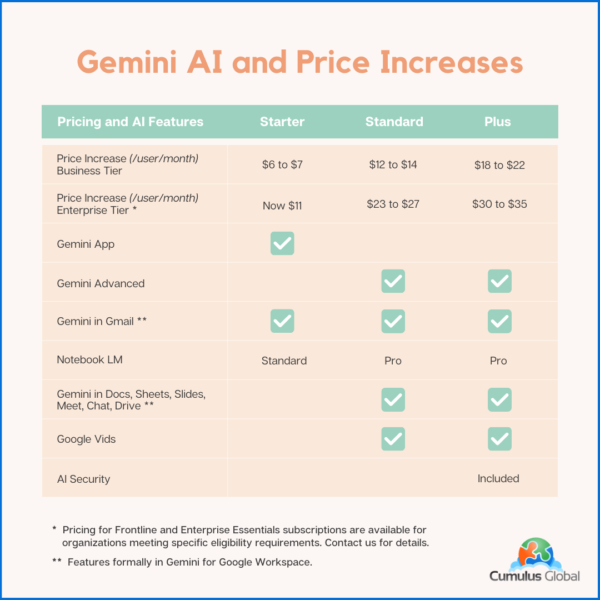
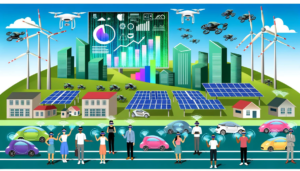 As we head into the new year, we face an uncertain business landscape. Politics, the economy, and technology advances create new tech-related challenges and opportunities. As you make your plans, be ready for these 3 things in 2025.
As we head into the new year, we face an uncertain business landscape. Politics, the economy, and technology advances create new tech-related challenges and opportunities. As you make your plans, be ready for these 3 things in 2025.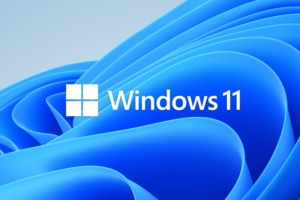 A Guide: From Windows 10 End of Life to Windows 11
A Guide: From Windows 10 End of Life to Windows 11

